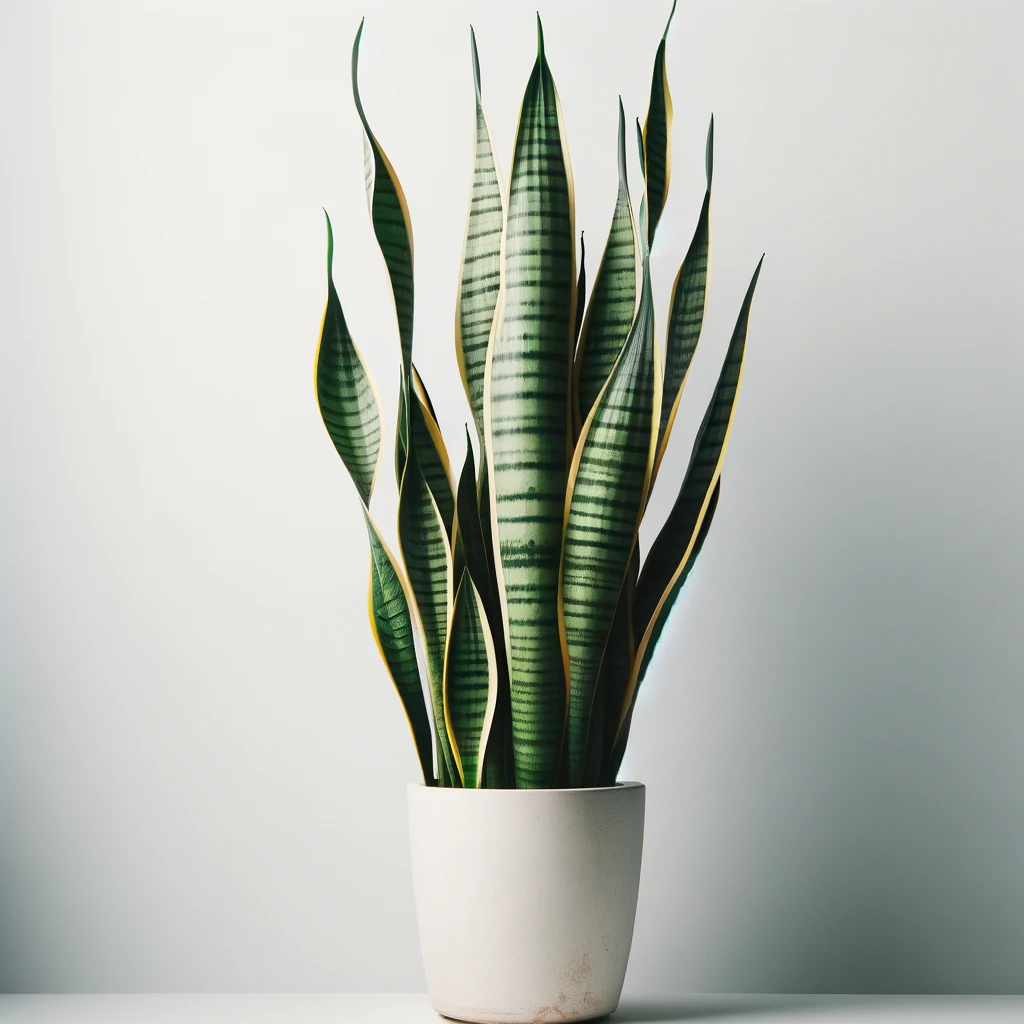The Healthiest Houseplants
Table of contents
- Spider Plant (Chlorophytum comosum):
- Peace Lily (Spathiphyllum spp.):
- Snake Plant (Sansevieria trifasciata):
- Aloe Vera (Aloe barbadensis miller):
- Boston Fern (Nephrolepis exaltata):
- Rubber Plant (Ficus elastica):
- Bamboo Palm (Chamaedorea seifrizii):
- Gerbera Daisy (Gerbera jamesonii):
- English Ivy (Hedera helix):
- ZZ Plant (Zamioculcas zamiifolia):

Eager to have a healthier living space at minimum costs? Just acquire a few house plants to keep the air clean and fresh, and you will soon feel the difference! They not only appealing, but also work as natural purifiers. Here is a list of the most common plants for your home décor.
Spider Plant (Chlorophytum comosum):
Spider Plant is one of the most resilient and air-purifying option. Their leaves effectively remove pollution like formaldehyde and xylene from the air, making it fresh and clean.
Peace Lily (Spathiphyllum spp.):
The elegant Peace Lily is not just a visual delight; it’s also a powerful air purifier. Known for its ability to remove common indoor pollutants such as ammonia, benzene, and formaldehyde, the Peace Lily is an easy-to-care for option that thrives in low light conditions.
Snake Plant (Sansevieria trifasciata):
Also known as the mother-in-law’s tongue, the Snake Plant is a hardy and adaptable choice. It is particularly effective in filtering out formaldehyde, benzene, and other toxins. Snake Plants have a unique vertical growth pattern, making them ideal for small spaces.
Aloe Vera (Aloe barbadensis miller):
Aloe Vera is adept at clearing the air of toxins. This succulent is easy to care for and adds a touch of green to your indoor space. Additionally, aloe vera has medicinal properties, making it a dual-purpose plant.
Boston Fern (Nephrolepis exaltata):
Boston Ferns are lush and vibrant additions to your indoor garden, and they excel at removing pollutants like formaldehyde and xylene. These ferns prefer a humid environment, making them perfect for bathrooms or kitchens.
Rubber Plant (Ficus elastica):
The Rubber Plant is not just a stylish decor choice; it’s also effective in purifying the air by removing toxins such as formaldehyde. With its broad leaves and adaptability to various light conditions, the rubber plant is a versatile addition to any room.
Bamboo Palm (Chamaedorea seifrizii):
If you’re looking for a plant that adds a tropical touch while purifying the air, consider the bamboo palm. Known for its effectiveness in removing benzene and trichloroethylene, this palm thrives in bright, indirect light.
Gerbera Daisy (Gerbera jamesonii):
The vibrant and colorful gerbera daisy not only brings a burst of color but also filters out pollutants like benzene and trichloroethylene. Place it in a sunny spot, and it will flourish while enhancing your indoor air quality.
English Ivy (Hedera helix):
English Ivy is a versatile plant that can be grown as a hanging vine or in a container. It’s known for its air-purifying abilities, removing pollutants like benzene and formaldehyde. English Ivy is particularly useful for homes with smokers.
ZZ Plant (Zamioculcas zamiifolia):
The ZZ plant is a resilient and low-maintenance option that excels at removing pollutants like xylene, toluene, and benzene. Its glossy, dark green leaves add a modern touch to any room, and it can tolerate low light conditions.
To sum up, incorporating air-purifying houseplants into your home design is a brilliant idea if you want to create a healthier environment. Go for it! Choose the plants and mix them, make them a healthy and reliable part of your interior!







